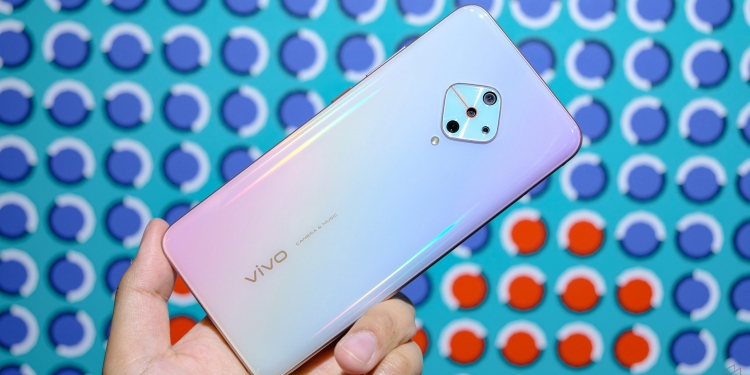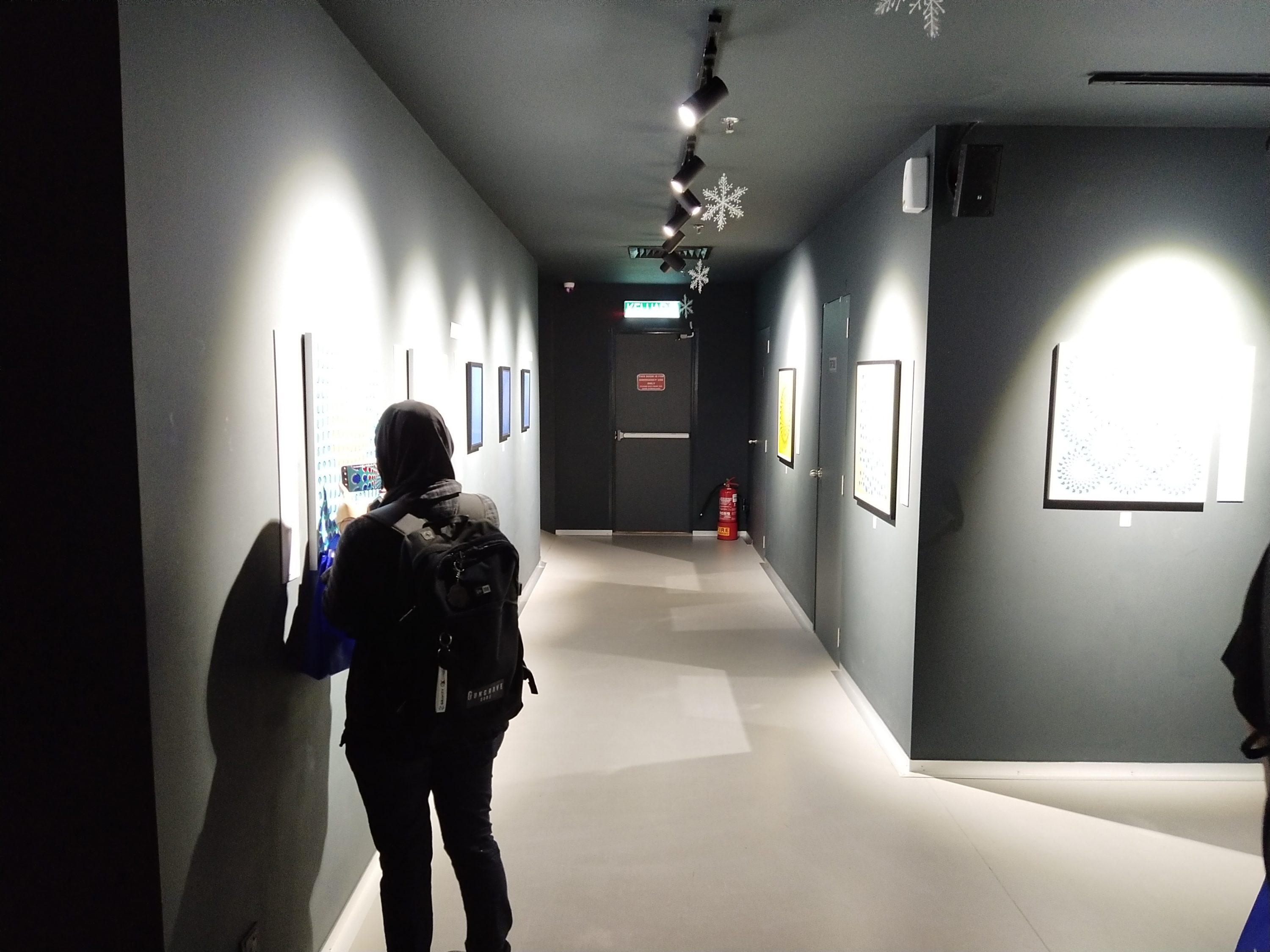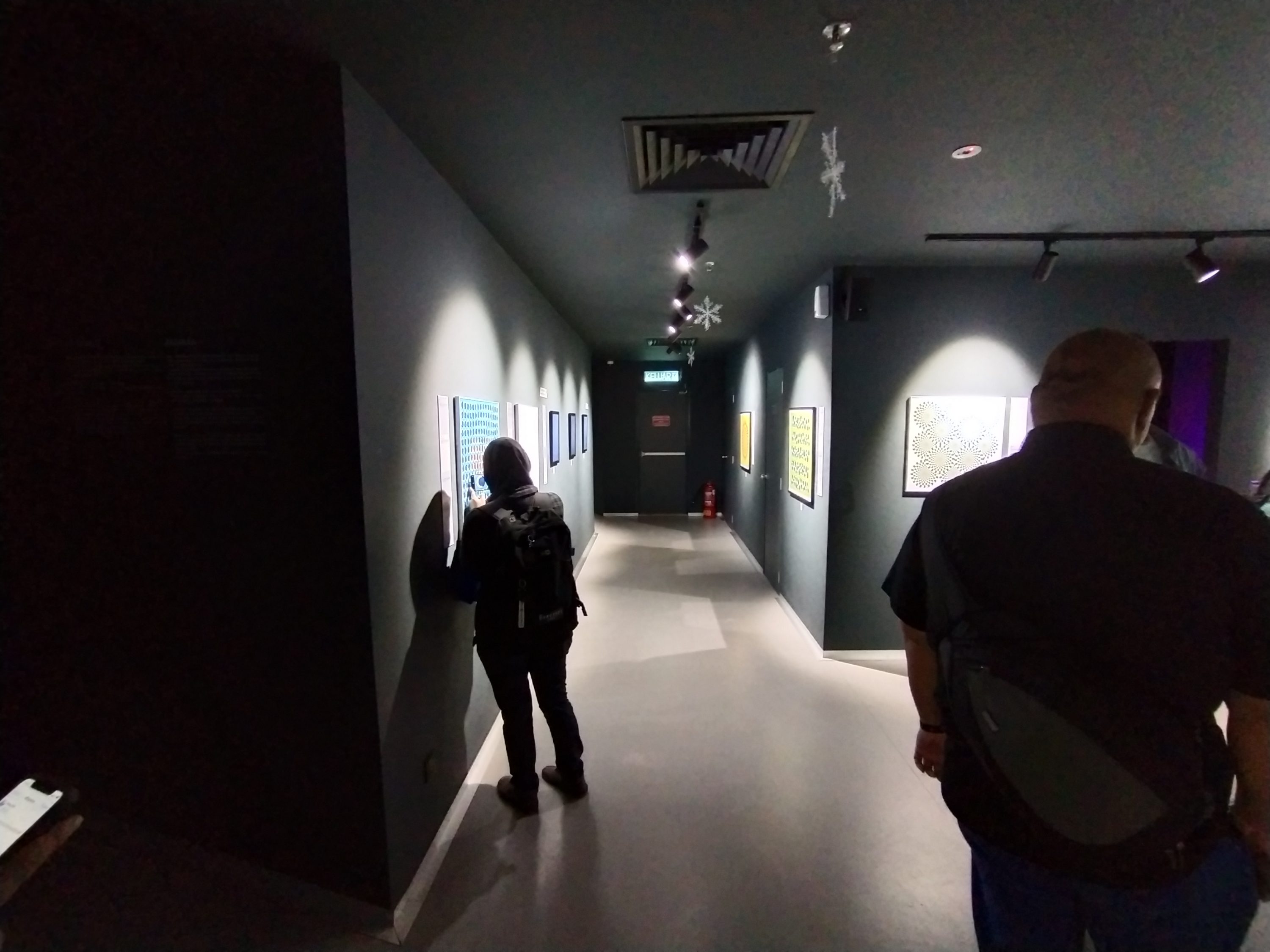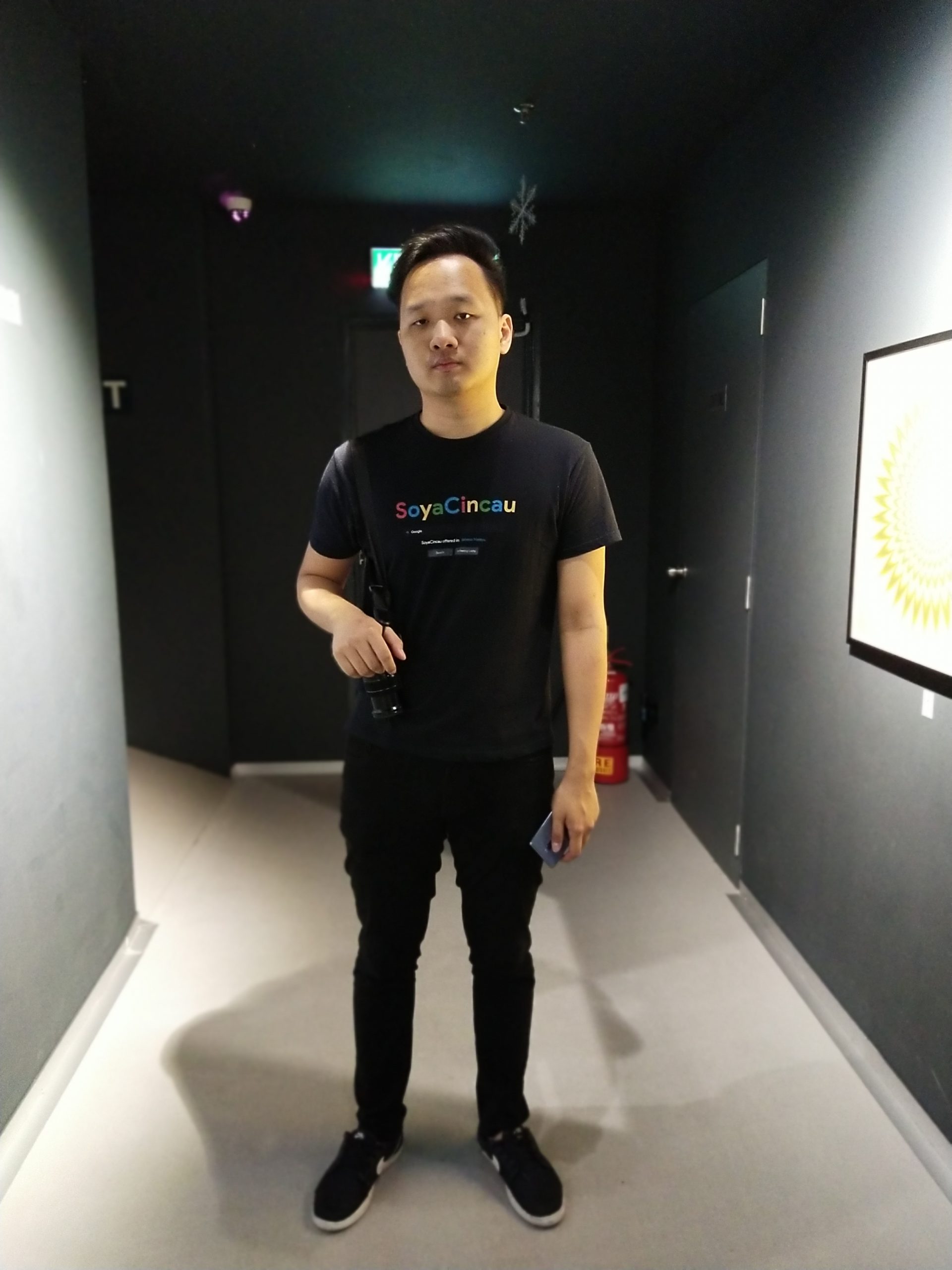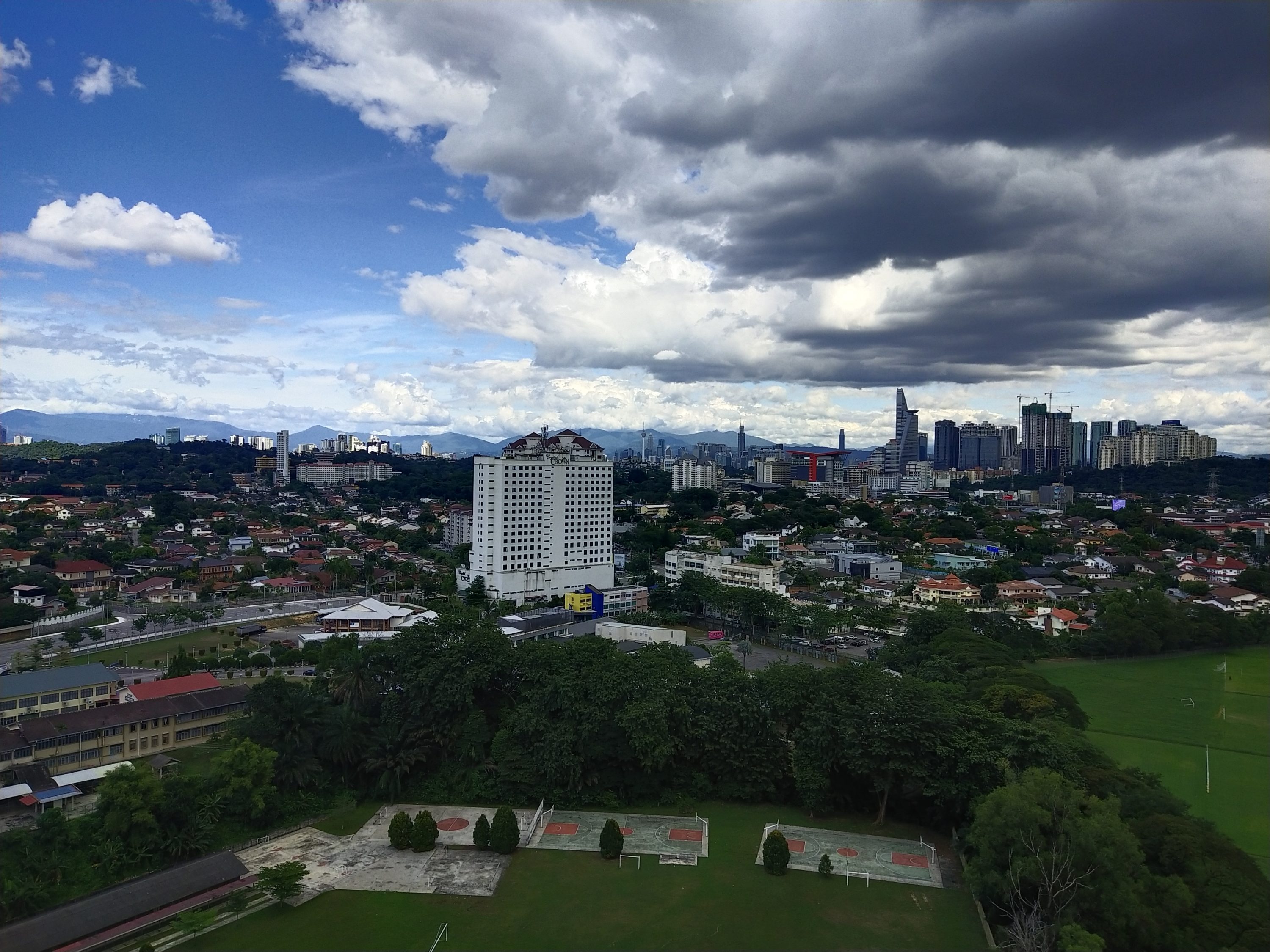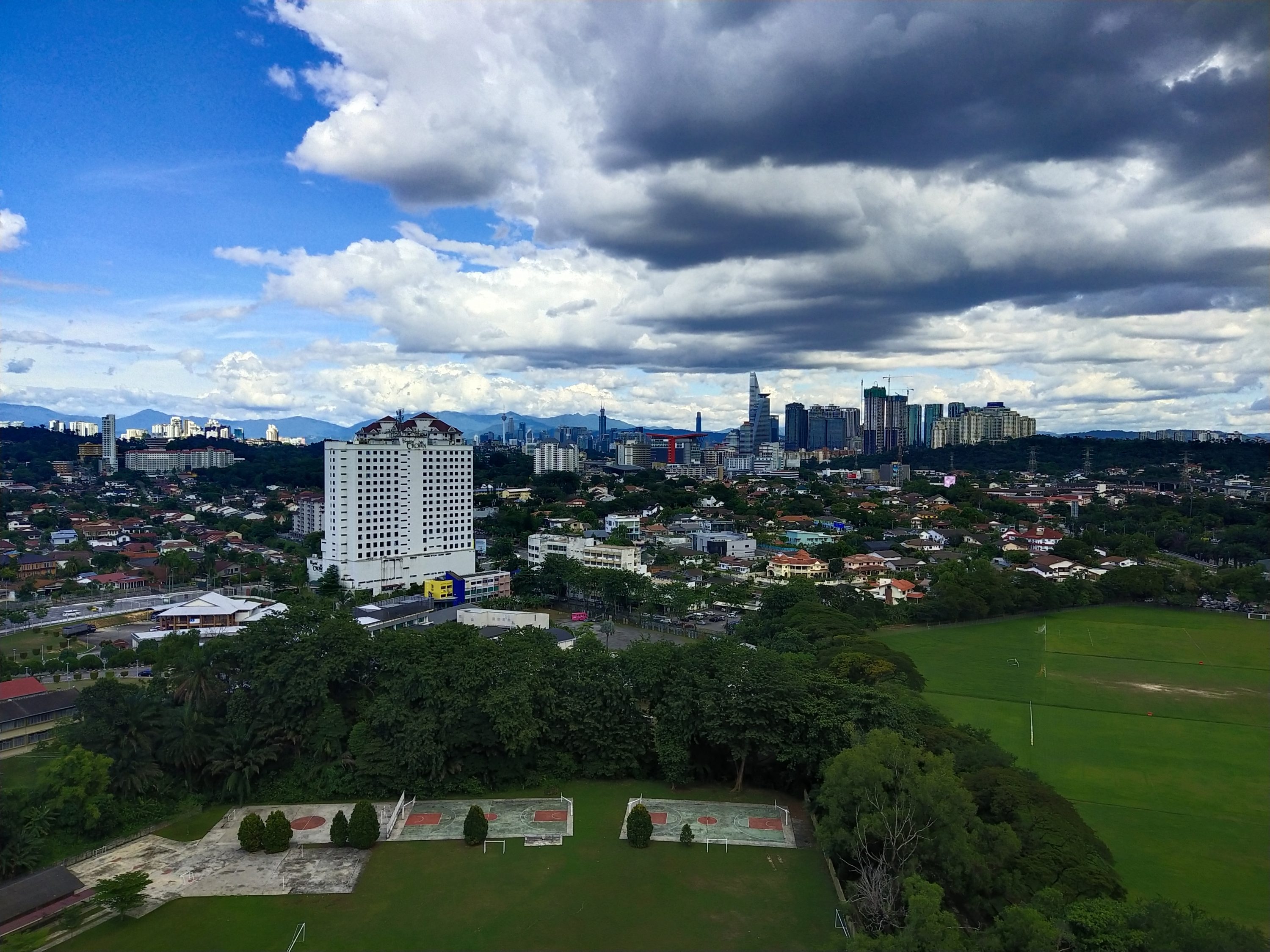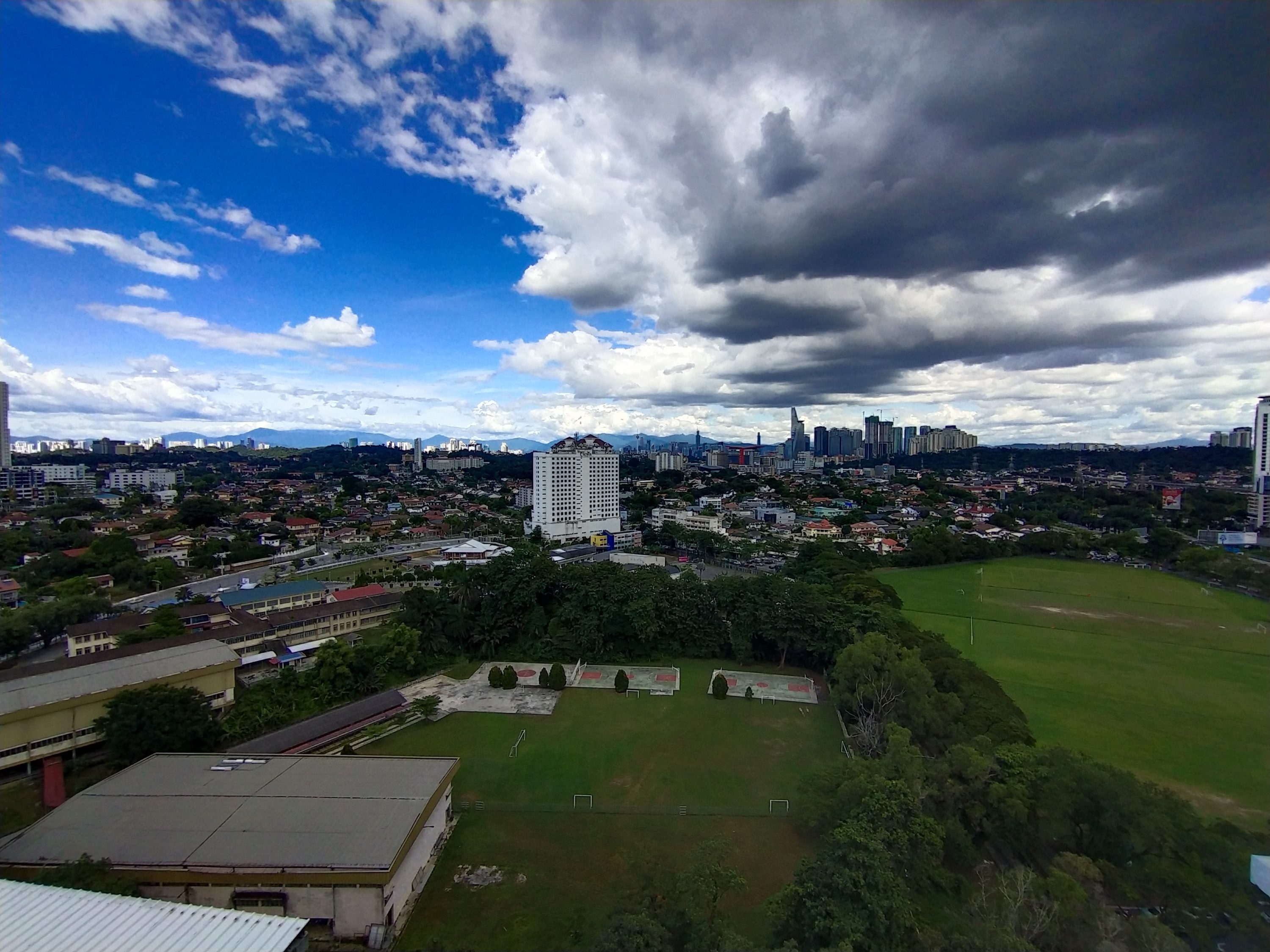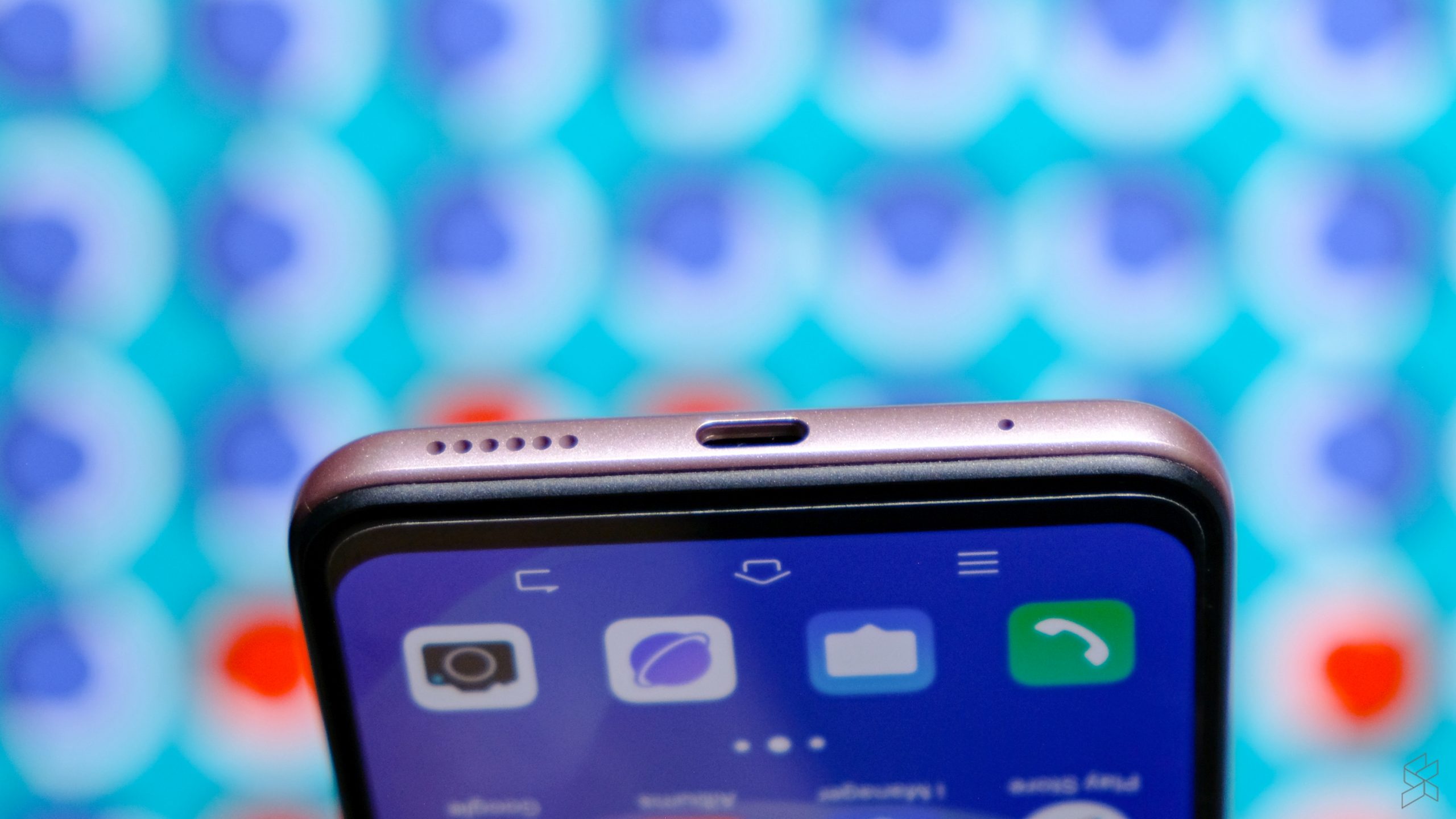Vivo’s mid-range handsets have almost never appealed to me. In my experience, they’re always a little too expensive from a price-to-performance standpoint and my Chinese brain is often unable to accept that. So to say that I had my expectations a little low when coming into this hands on session with the brand new Vivo S1 Pro would be an understatement.
But, as usual I’m always ready to be proven wrong. And Vivo’s new phone was particularly interesting because it features a quad-camera setup with the headline act being the tried and tested 48MP Samsung GM1 sensor. Is it worth your time? Well, to find out I spent some of my time testing it out in KL’s Museum of Illusions (MOI).

Now, let me just preface this by saying that I don’t think any mid-range to affordable smartphone should have its camera tested in the dimly lit environments of the MOI. It’s hard enough for high-end flagship smartphones to capture great photos in dark situations, so to put a sub-RM2,000 handset in these situations felt a little unfair to me.
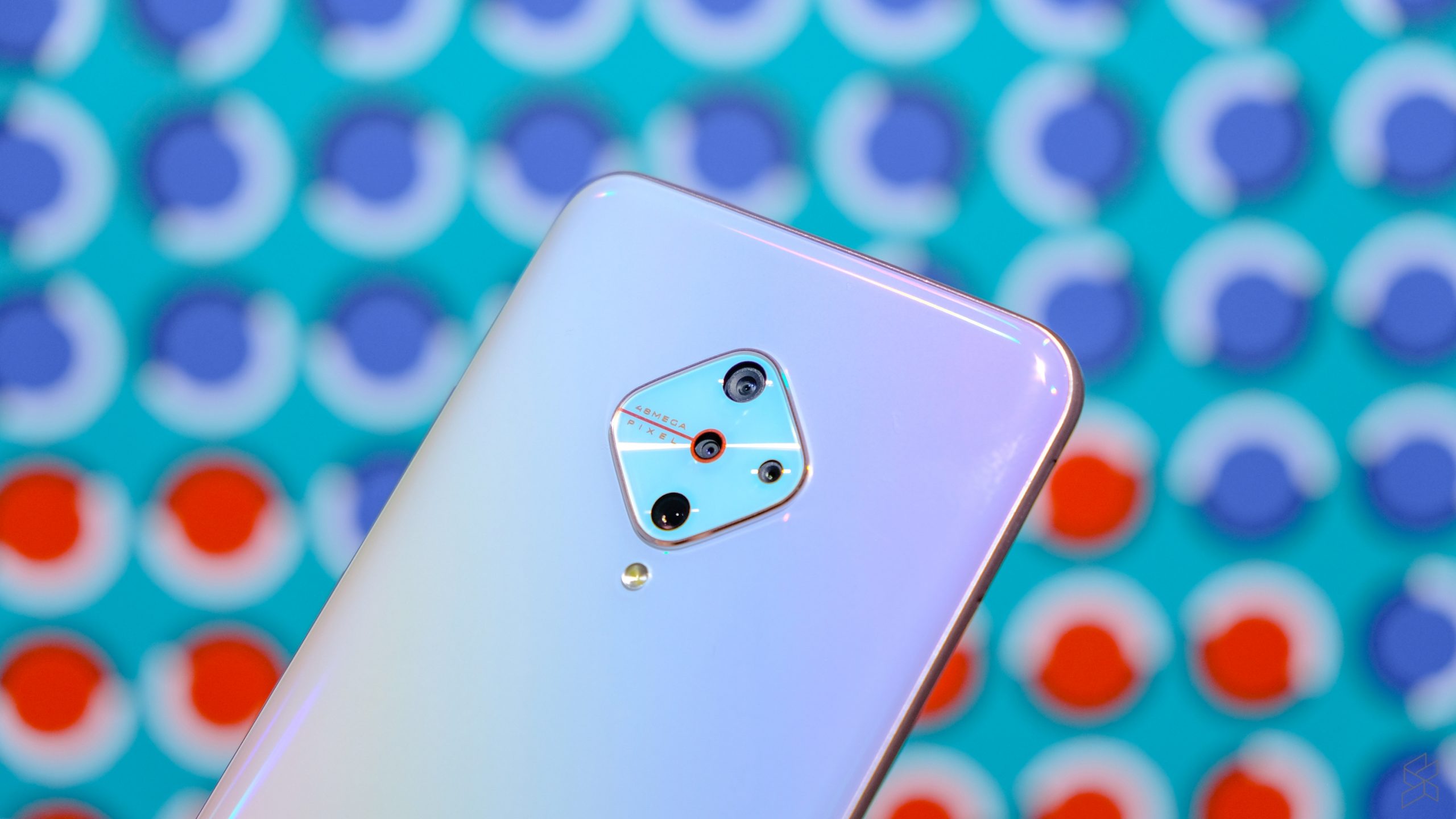
That being said, one of the main points of the 48MP GM1 is that it uses its unique quad-Bayer pixel layout to let in more light than a regular sensor would via pixel binning. Plus, it was Vivo Malaysia that put us in that location so I guess they felt pretty confident.
Unfortunately, I think that confidence was a little misplaced.
These three photos are in the best lit scenes of the entire museum, and that’s honestly not saying much because I think that it should still qualify as “low light”. And it shows in the images. From afar they look pretty good, and I think with a little editing it’ll turn out fine on social media, but if you punch in you can clearly see the lengths the phone had to go to clean up the noise.
Kick that lighting down a notch and image quality quickly starts falling apart. You’ve got a lot of noise and a lot of noise reduction turning the image into something that’s softer than I’d like. Introduce some challenging lighting and the phone’s HDR simply can’t keep up with the scene. This only gets worse when you switch to the ultra wide.

And when the going gets basically pitch black, the lack of a dedicated night mode means the images are basically unusable.
But, like I said, I don’t think this was a particularly fair situation to throw the mid-range Vivo S1 Pro into. When I switched it up to take a daylight shot with the handset, I’d say that image quality saw a marked improvement.
With the phone’s scene recognition turned on, I think it has too much of that Chinese phone look to it. You know what I’m talking about, super vibrant (often unnatural) colours, big jumps in contrast and crushed blacks–the whole nine yards. It almost looks like a painting instead of a photo. However, when I turned scene recognition off, I’d say it’s a far more pleasant photo. Not super great or anything, but it looks acceptable for the mid range.
Which brings me back to the main issue I’ve had with Vivo smartphones. Now, at the time of this article’s writing, I don’t know how much the Vivo S1 Pro will retail for. Vivo Malaysia hasn’t told me, but it’s a safe bet to say that it will be more expensive than its RM1,099 sister, the Vivo S1.
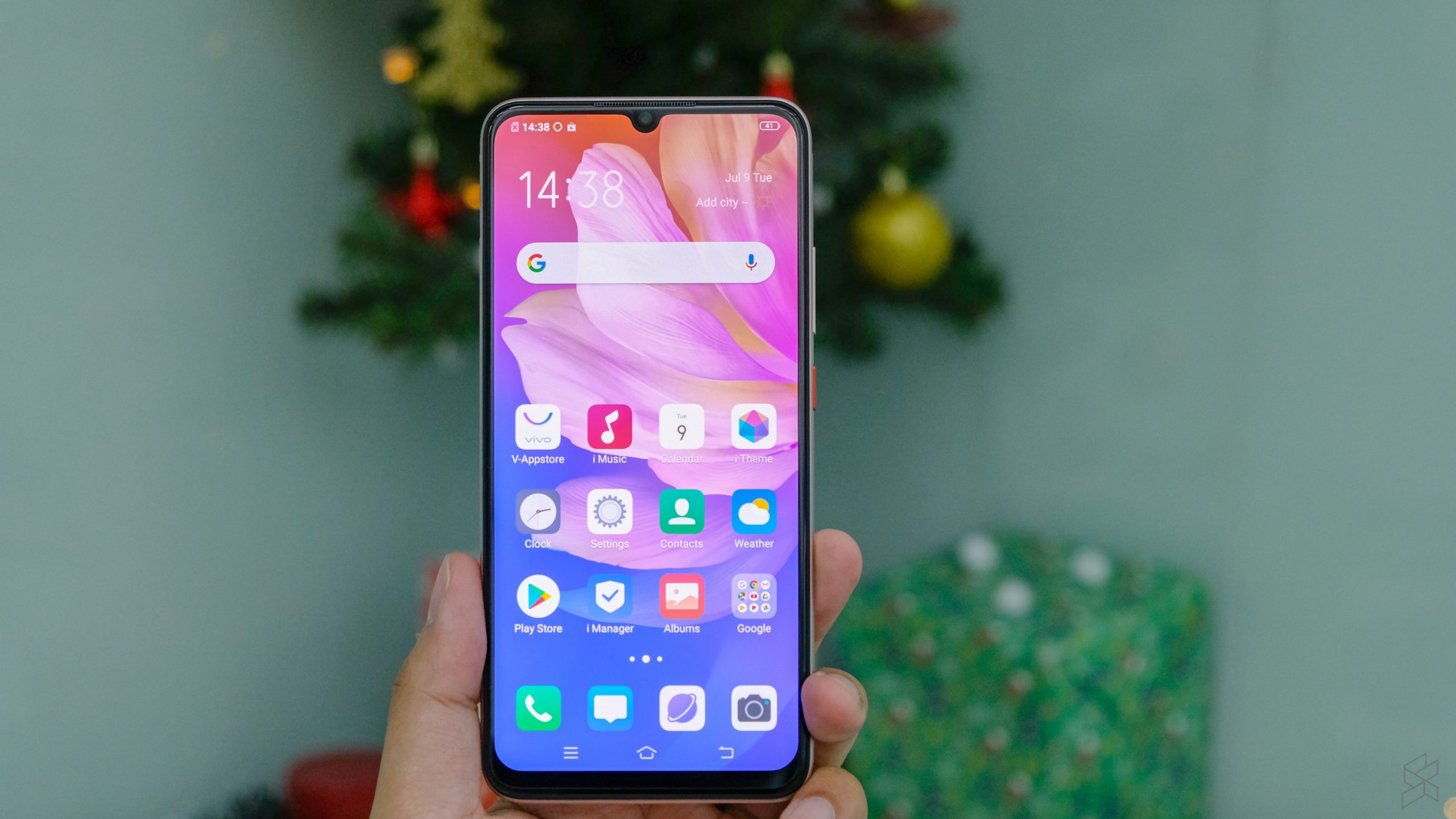
On paper, the phone looks pretty decent. At its core, the phone is powered by a Snapdragon 665 processor mated to 8GB of RAM and 128GB of internal storage. Its also got a 6.38″ Full HD+ Super AMOLED display that looks pretty good. It’s punchy, vibrant and crisp enough for my needs. I also think the phone has reassuring build with nice tactile buttons, and I like its massive 4,500 mAh batter. It also features necessities like a 3.5mm headphone jack and a USB-C port, and this particular unit comes in a pretty colourway called Fancy Sky.
Naturally, being a Vivo smartphone, the 32MP selfie shooter up front also has lots of beautification built in so it’ll even give someone like me clear skin and big eyes.

But the enthusiast in me is mostly concerned about the price tag. With even its sister company Realme, as well as competitor Xiaomi, putting out bangers like the Realme 5 Pro and Redmi Note 8 Pro, Vivo’s got a tough job ahead of them if they want to remain competitive from a price standpoint. While I definitely think the Vivo S1 Pro will be more expensive than those two smartphones, I’m interested to see how much more.
After all, Vivo doesn’t play by competitive mid-range rules. They’re much more like their other sister company Oppo where they make up for their lack of competitive pricing with tonnes of advertising so they’re always on everyone’s mind. What do you guys think of the Vivo S1 Pro? Let me know in the comments below.

